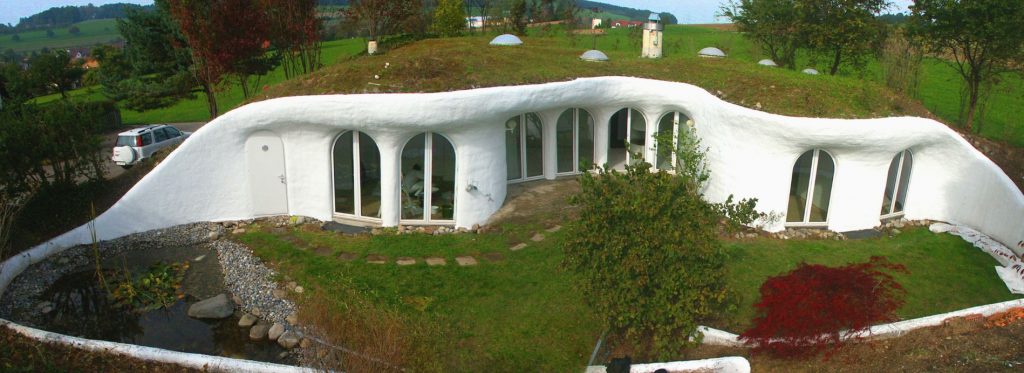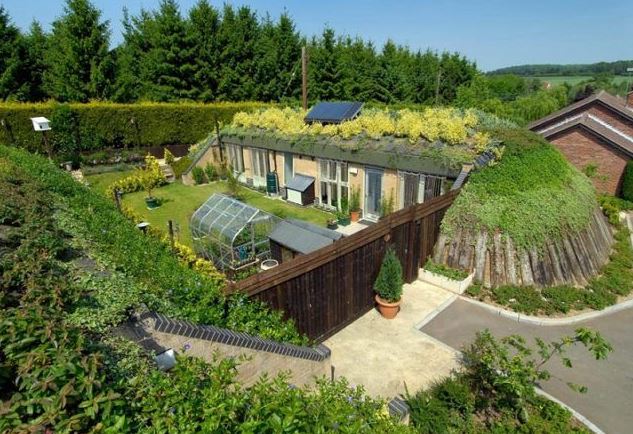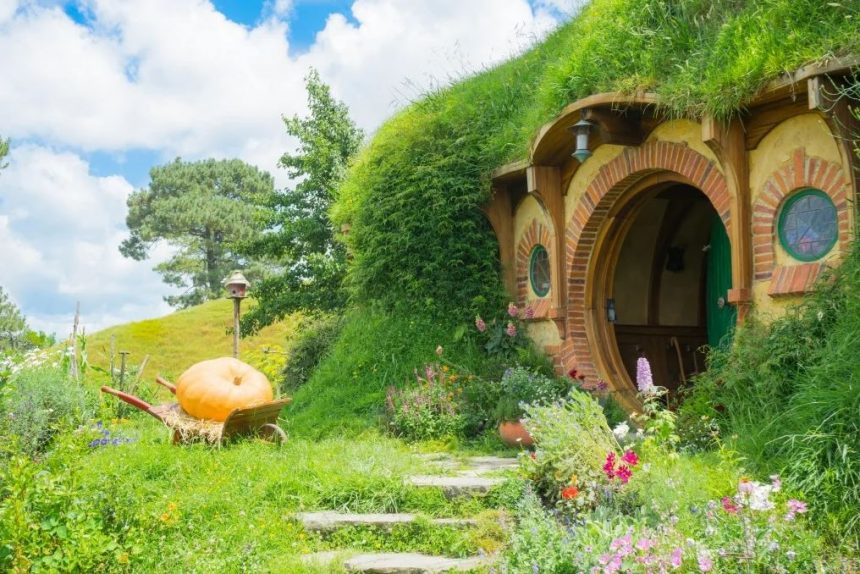What Are Earth Sheltered Homes?
Earth sheltering pertains to the process of utilizing earth itself to efficiently shelter architectural structures. It helps mainly by maintaining steady indoor temperatures and reducing heat loss. While earth sheltered homes are gaining popularity these days, the concept of earth sheltering has been around for many centuries already. This article will discuss earth sheltered homes and their history, types, benefits, and drawbacks.
History of Earth Sheltered Homes
This sustainable housing solution reduces the need for both cooling and heating systems, very helpful for those who live in regions of extreme weather and temperature. Earth sheltered homes can also withstand the impact brought about by natural disasters.
For many years, earth sheltering has been common for people living in many regions, especially those around the northern hemisphere. Stone and timber-framed structures were stacked with thick peat layers. These were then used against the roof and walls, protecting and insulating them from the elements.
The design of these earth layers eventually blended in with the environment. In certain regions where timber was scarce, stones became the main sources of structural support. Some earth shelters dating back about 5,000 years can still be witnessed today.
Modern earth sheltered homes use steel-reinforced concrete for structural support. Doing this reduces the building’s stability in exchange for increased longevity. However, there are still some exceptions, particularly in areas requiring minimal structural support where the ground is very hard.

Earth Sheltered Home: Two Main Types
There are two main types of earth sheltered homes – bermed and underground. Bermed type houses are built either partially below or above the ground, with earth covering one or many walls. On the other hand, underground types mean the entirety of the house is built below grade. Let’s explore these two types in greater detail.
When it comes to bermed earth sheltered homes, the exposed part of the house typically faces the sun. This allows heat and natural light to enter as much as possible. Skylights may also be used to provide the necessary ventilation and increase daylight in the house.
Although underground earth sheltered homes may seem dark, an atrium usually generates light from above, creating a feeling of openness. A central courtyard is also present around the living spaces.
With doors and windows facing the atrium and a below-grade design, you get privacy and great protection against the wind. Underground types are also ideal for those who live in areas with significant amounts of noise or those that lack scenic views.

Benefits of Earth Sheltered Homes
The process of earth sheltering utilizes natural soil resources as thermal masses. These masses provide energy-saving properties and insulate the structure against various elements. Here are some of the benefits provided by earth sheltered homes.
Natural Heat Retention
Naturally, the earth’s mass can absorb and retain heat. The accumulated heat is then released into its surroundings and adjacent dwellings. Due to the earth’s high density, the process of temperature change happens slowly due to a phenomenon called thermal lag.
Energy-Efficient
Earth sheltered homes also take advantage of the passive solar building designs, requiring you to use your cooling and heating systems less often. Moreover, earthen walls limit the escape of warm air and protect against cold winds.
Soundproofing Properties
This particular home type also has natural soundproofing qualities, making it an ideal choice for those who want privacy or located in urban areas. Earth sheltered homes cost less to insure compared to other types because they are less prone to catastrophes.
Earth Sheltering and Its Drawbacks
All home types each have particular drawbacks and earth sheltering is not an exception. These include reduced air quality, water infiltration, and labor intensiveness. Here are brief explanations for these drawbacks.
Reduced Air Quality
Having solid walls surrounding your home may cause problems in air circulation, reducing general indoor air quality. This is the reason why incorporating healthy air circulation into the design is essential. Fortunately, this issue is easily fixed by installing tubes to get fresh air, along with exhaust vents placed above the building.
Water Infiltration
Water seeping through is another issue associated with earth sheltered homes. When water infiltrates a home, it can cause damages that may cost a lot as well. A proper waterproofing system is needed to prevent this from happening.
Labor Intensiveness
Before constructing this housing type, careful and thorough surveying is required. Several factors including soil type, climate, and water table are taken into consideration when creating the design. The excavation process itself is also labor-intensive and time-consuming.
Conclusion
Although earth sheltered homes are getting increasingly popular, they have been around for long already. This particular housing type also has certain advantages and disadvantages like the others. If you find the benefits provided by earth sheltered homes appealing even after knowing their drawbacks, opting for one may be the ideal option for you.

